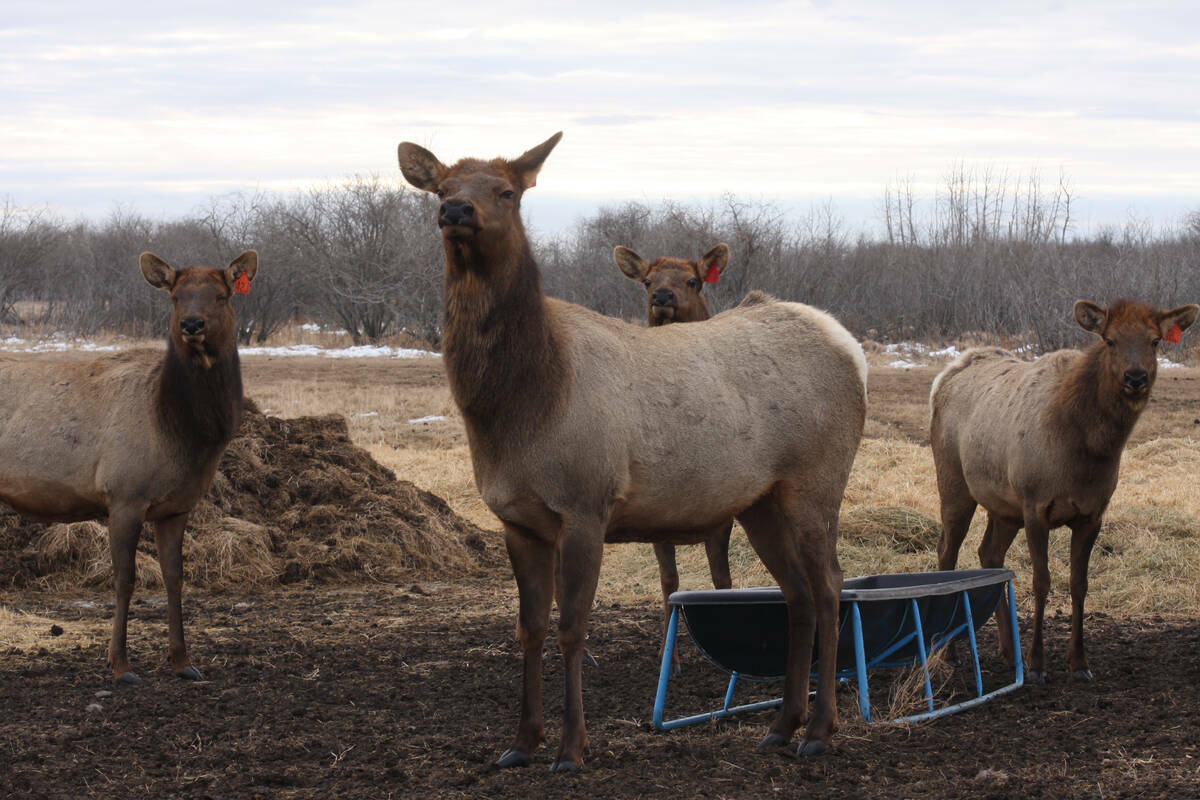Farm groups from across the country are asking producers to lobby federal ministers and MPs and urge them to super-size a government proposal for what’s called “extended interswitching.”
The measure, part of this spring’s federal budget, essentially gives grain shippers a choice in which railway they deal with, as long as the competitor’s line is no more than 160 kilometres away. It means a railway would have to pick up rail cars loaded by the shipper and hand them off to the other railway.
“Extended interswitching is a vital tool for Canadian shippers that is proven to increase competition while lowering costs to shippers and consumers,” Alberta Wheat tweeted in support of the Flip the Switch campaign.
Read Also

Cervid harvest preserves to be developed in the province under Bill 10
The Government of Alberta has given approval for creation of cervid harvest preserves.
The commission, along with Alberta Barley and Alberta Pulse Growers, has joined a dozen other commodity groups and industry organizations in the lobbying campaign. They want the budget pledge of an 18-month trial extended to five years, and the maximum distance for interswitching upped to 500 km so it applies to the Peace Country and northeastern Saskatchewan.
“Extended interswitching is one of the only policy tools that has historically created competitive options for shipper business,” Wade Sobkowich, head of the Western Grain Elevator Association, said in a release.
“It offers an alternative service provider for single-served shippers, which balances negotiations in a way that encourages better service or pricing for the benefit of entire supply chains.”

The railways disagree.
“Extended regulated interswitching is inherently inefficient because it introduces more operational complexity to the movement of railcars as it unavoidably requires additional hand-offs for railcars between carriers, which in turn causes increased cycle time,” Canadian Pacific Kansas City (the new name for CP Rail) said in a response to the interswitching proposal.
“Overall, this slows down the entire rail supply chain and reduces capacity because it introduces inefficiencies that could otherwise be avoided.”
It typically takes an additional 24 to 48 hours for interswitching, said the railway, adding a move to 160-km interswitching in 2014 (that lasted four years) caused “significant harm to Canada’s supply chains.”
The grain group alliance calls this a “myth” on its website (interswitching.ca), arguing it actually improves efficiency.
“Extended interswitching will reduce congestion by moving traffic from a full capacity railway to a railway with excess capacity,” the website states.
And bringing a measure of competition to the country’s rail duopoly has been shown to cut freight bills, the group contends.
“Data is clear that the increased competition from extended interswitching reduces costs for shippers who are using the rail network.”
The website also has an e-letter that producers can send to their MP. In addition to backing a five-year pilot and a 500-km interswitching distance, the letter urges the federal government to “invest in rural rail infrastructure that can accommodate larger trains to expand the use of interchanges.”
















